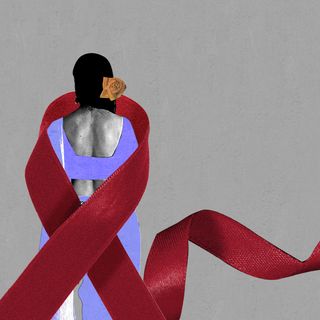A proposed piece of legislation in Florida, USA, is the epicenter of grave concern around the rights of the LGBTQ+ community. Colloquially dubbed the “Don’t Say Gay” Bill, it will prohibit educators from mentioning sexuality or gender identity to school children from kindergarten to third grade. Disney has been caught trying to maintain a balancing act between funding Republican legislators and, indirectly, the Bill itself on the one hand, while producing “inspiring content” to placate outraged LGBTQ+ employees and fans.
The Orlando Sentinel reported that Disney financially supported every sponsor and co-sponsor of the Bill. After much backlash and employee walkouts, however, Disney CEO Bob Chapek circulated an internal memo stating that Disney will continue to support gay rights through their work. But the issue speaks to corporate interests in media, and why representation can often feel shallow as a result.
While animators and employees try their best to create representative and diverse stories, their efforts can fall flat when the company’s overall inclinations are dictated by corporate interests. Often, these corporate interests are bedfellows with reactionary politics — it’s just how business works. But when the stories that are sold to us as diverse are constrained by such corporate interests, it makes the gestures feel performative.
Related on The Swaddle:
New Tool Tests Gender Bias in Movies, Ruins ‘Frozen’ for Everyone
Indeed, Disney has had a run for a while with breaking the trope of the ‘princess who marries upon love at first sight.’ We saw Elsa from Frozen who admonishes her sister, saying she can’t “marry a man you just met.” The live-action remake of Beauty and The Beast featured Belle as an inventor herself, and Princess Jasmine in the Aladdin live-action remake wishes to become the Sultan herself.
While these were lauded, they feel like scraps thrown at an audience that has been waiting and ready for them for a long time. It is no longer risky or revolutionary to make such tweaks to stories when the zeitgeist has already made room for it. Critics have noted, for instance, how Disney has been quick to reckon with its sexist roots but less proactive in tackling its racism. Similarly, sexual orientation and gender identity have never been part of any mainstream Disney feature films — merely subtext in queer-coded villains.
And while there are more diverse characters — Moana, Turning Red, Encanto, being a few examples — Disney often manages to toe the line when it comes to representation. It represents just enough to catch up with the times, without extending itself to actually be the one to push the mainstream conversation to evolve. With pop feminism having become mainstream for a while, representing more women taking more decisions was easy. What really matters, however, is the stories that are told against the grain.
As a gigantic corporation, it isn’t realistic to expect the change to come from within Disney itself. But the current controversy thus calls for a more critical look at the company and asks questions about what it has been hiding while it charmed us all with inclusive stories that were made only when it became safe to do so.




